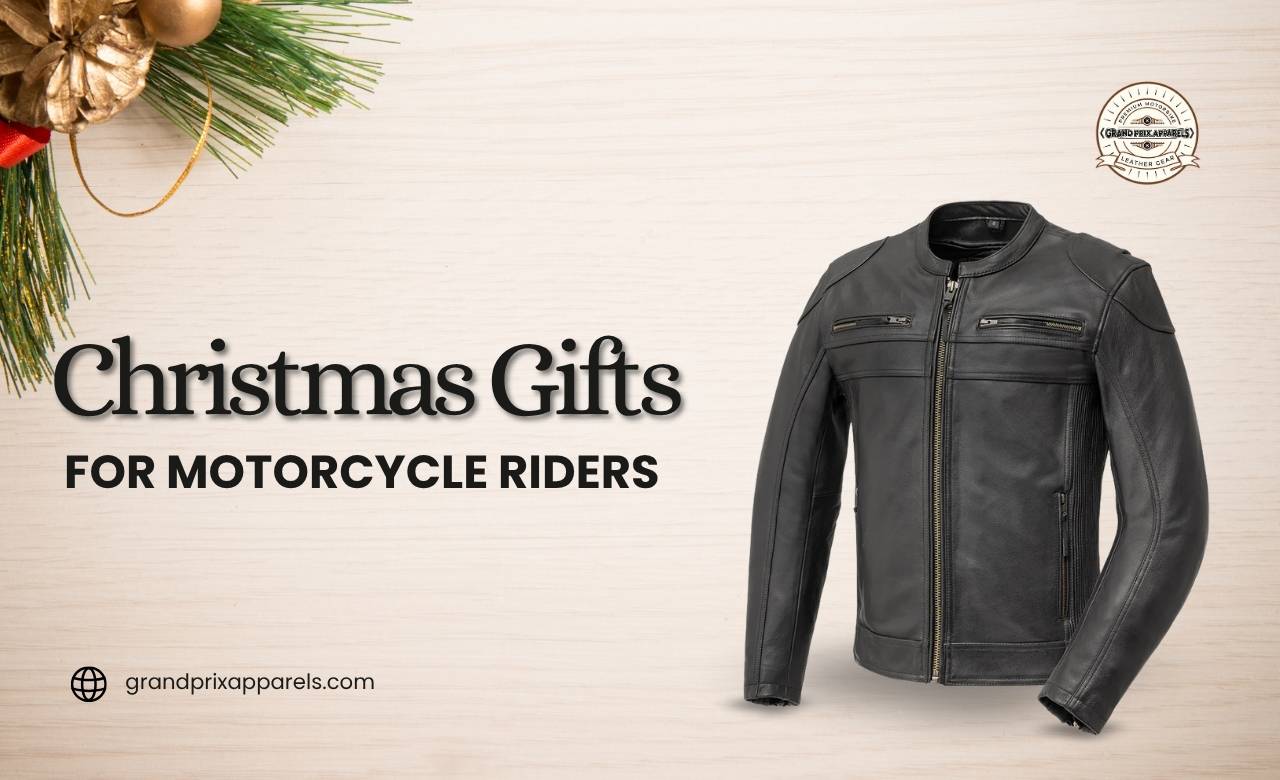
10 Christmas Gifts for Motorcycle Riders in 2025
Motorcycle riders live for the road, and Christmas is the perfect time to celebrate their passion. A well-chosen gift can add comfort, style, and convenience
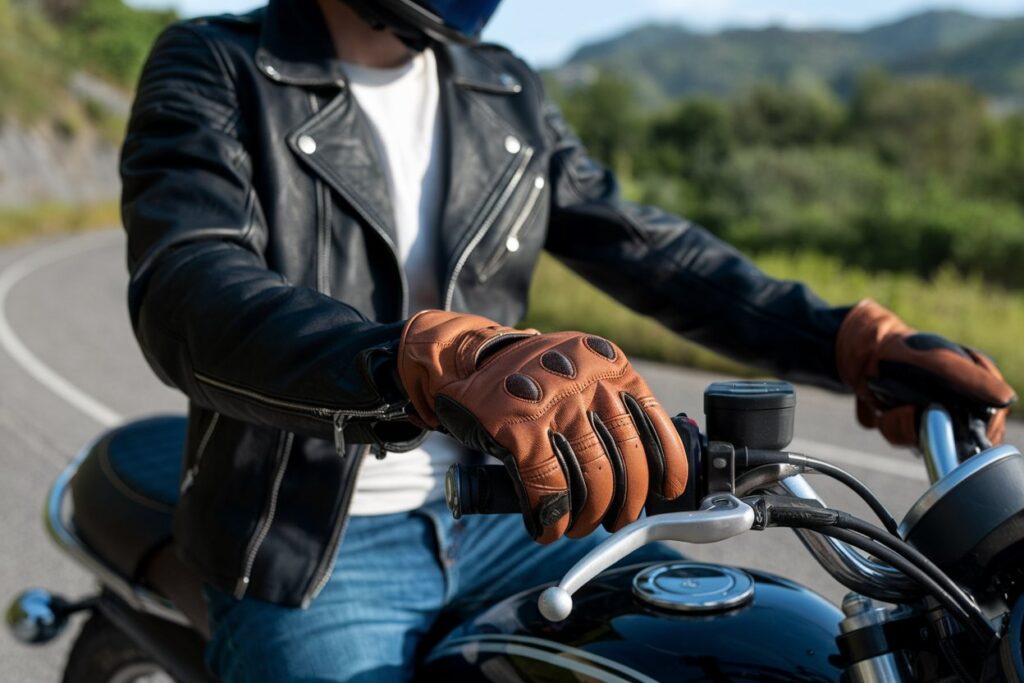
Riders of all kinds—whether motorcyclists, cyclists, or equestrians—understand the significance of having dependable gear. Among the most important accessories are all-weather leather gloves. These gloves serve not only to protect your hands but also to enhance your riding experience, no matter what the weather brings. The right pair can make your ride safer and more enjoyable by offering a perfect blend of comfort, grip, and durability.
Leather gloves are a classic choice, but what makes all-weather options unique? Here’s why they’re so essential:
Leather is known for its unmatched strength. All-weather leather gloves can withstand regular use and exposure to harsh elements. This durability means your gloves won’t tear easily, even if you’re using them daily on long rides or in extreme conditions.
A solid grip is vital for safety, especially when handling handlebars, reins, or levers. Leather gloves provide a natural grip that works even in wet or humid conditions, preventing your hands from slipping. This grip can make a significant difference in your overall control.
Leather gloves offer a level of comfort that synthetic materials can’t match. Over time, leather molds to the shape of your hands, creating a custom fit that becomes more comfortable the longer you wear them. This molding effect provides both flexibility and protection, which is crucial during long rides.
Did You Know? Leather gloves have been a preferred choice among riders since the early days of motorcycles due to their unique combination of style and practicality.
Choosing the right gloves requires an understanding of several critical features. Here’s what you should consider:
Ensure your gloves can handle sudden changes in weather. Look for options treated with waterproof or water-resistant coatings to protect your hands from rain. Windproof linings are also crucial to shield your hands from chilly gusts.
| Feature | Benefits | Ideal For |
|---|---|---|
| Water-Resistant Coating | Keeps hands dry in the rain | Wet and humid environments |
| Windproof Layer | Blocks cold winds | Winter or high-altitude riding |
| Breathable Material | Reduces sweat buildup | Hot and humid conditions |
Depending on your riding climate, you’ll need gloves with appropriate insulation or breathability. Insulated gloves with thermal linings are great for cold weather, while breathable options with perforated leather are ideal for hotter climates.
Safety is paramount when riding. Gloves with reinforced knuckles, extra palm padding, and impact protection can save your hands in case of an accident. Motorcyclists, in particular, should invest in gloves that offer maximum safety features.
Pro Tip: Opt for gloves with touchscreen-compatible fingertips. This feature allows you to use your smartphone or GPS without removing your gloves.
A proper fit ensures that your gloves provide both protection and flexibility. Leather gloves should be snug yet not too tight, allowing free movement of your fingers. Many gloves come with adjustable wrist straps or Velcro closures to provide a secure fit and prevent them from slipping during rides.
| Fit Type | Advantages | Disadvantages |
|---|---|---|
| Snug Fit | Offers precise control | Can be restrictive if too tight |
| Relaxed Fit | Comfortable and breathable | Less protection in case of impact |
| Adjustable Straps | Customizable fit and security | May wear out over time |
Depending on your riding activity, the design and features of your gloves will vary. Here are some options tailored for specific uses:
These gloves usually come with protective armor, pre-curved fingers for grip, and anti-slip technology. They often feature advanced features like shock-absorbing padding and abrasion-resistant materials for added safety.
For cyclists, lightweight gloves with gel padding are common. These gloves reduce road vibration and increase comfort during long rides. Ventilated leather is a good choice for breathability.
Equestrian riders need gloves that provide a firm grip on the reins. Look for gloves with extra palm reinforcement and moisture-wicking properties to keep your hands dry while riding.
| Glove Type | Ideal For | Unique Features |
|---|---|---|
| Motorcycle | High-speed riding | Reinforced knuckles, shock padding |
| Bicycle | Road and mountain biking | Gel padding, lightweight design |
| Equestrian | Horseback riding | Reinforced palms, breathable mesh |
To ensure longevity and optimal performance, proper glove care is essential. Here’s how to keep your gloves in top shape:
After each ride, wipe your gloves with a damp cloth to remove dirt and sweat. Use a mild leather cleaner for more thorough cleaning. Avoid using harsh chemicals that could damage the leather.
Conditioning helps keep the leather soft and prevents it from cracking. Apply a leather conditioner every few months, especially if your gloves are exposed to extreme weather.
Store your gloves in a cool, dry place, away from direct sunlight or heat. Avoid placing heavy objects on top of them, as this can deform their shape.
| Care Step | Frequency | Tips |
|---|---|---|
| Cleaning | After every ride | Use a damp cloth; avoid harsh soaps |
| Conditioning | Every 2-3 months | Use quality leather conditioner |
| Storage | As needed | Keep in a breathable bag or drawer |
Check for labels that indicate waterproofing or look for gloves with a waterproof membrane. You can also use waterproof sprays to enhance their resistance.
Yes, you can. Opt for lightweight, ventilated leather gloves designed for warmer climates to keep your hands cool and dry.
Yes, leather gloves naturally stretch and mold to your hands. They may feel tight at first but will become more comfortable with regular use.
Let them air dry naturally. Avoid using heat sources like hairdryers, as this can damage the leather. Once dry, condition them to maintain their suppleness.
Yes, there are synthetic leather gloves made from sustainable materials. These gloves offer similar durability and protection while being environmentally friendly.
Try making a fist and moving your fingers. Your gloves should feel snug but not overly tight. There should be no pressure points, and you should be able to move freely.
All-weather leather gloves are an essential part of any rider’s gear. They provide unmatched durability, comfort, and safety, making every ride more enjoyable. By understanding the features to look for and how to care for them, you can make a well-informed purchase that will last for years. So, choose the right pair and ride with confidence, knowing your hands are well-protected.

Motorcycle riders live for the road, and Christmas is the perfect time to celebrate their passion. A well-chosen gift can add comfort, style, and convenience
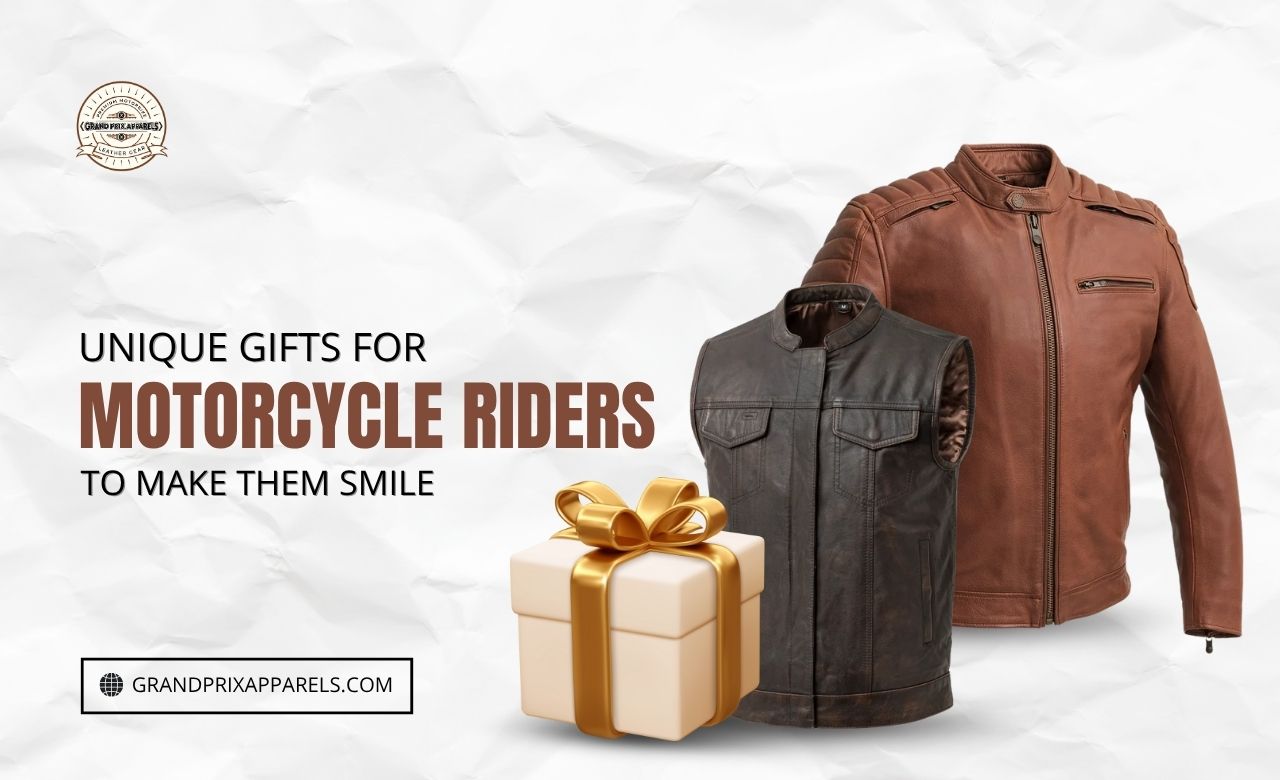
Motorcycle riders appreciate gifts that resonate with their passion, add value to their rides, and offer something distinctive. The right pick strikes a balance between
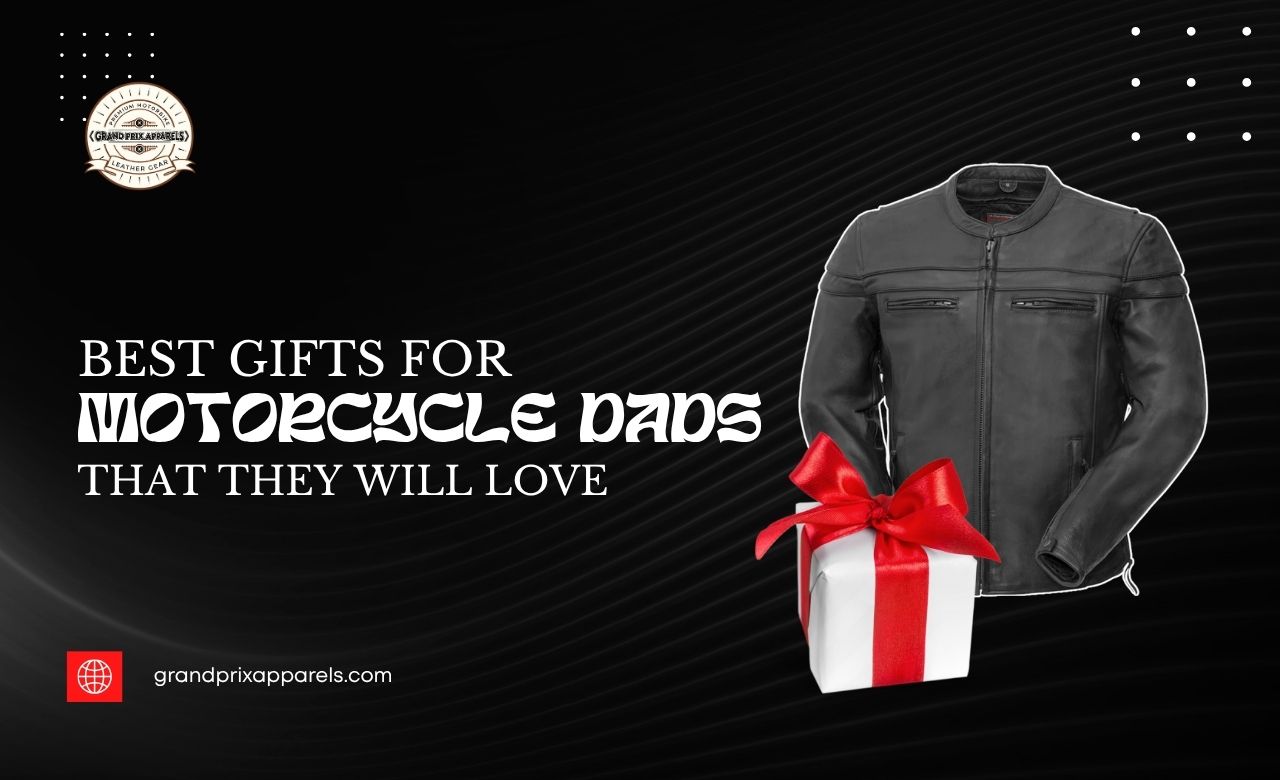
Motorcycle dads are passionate riders. They thrive on the open road, love the sound of the engine, and enjoy the thrill of every ride. If
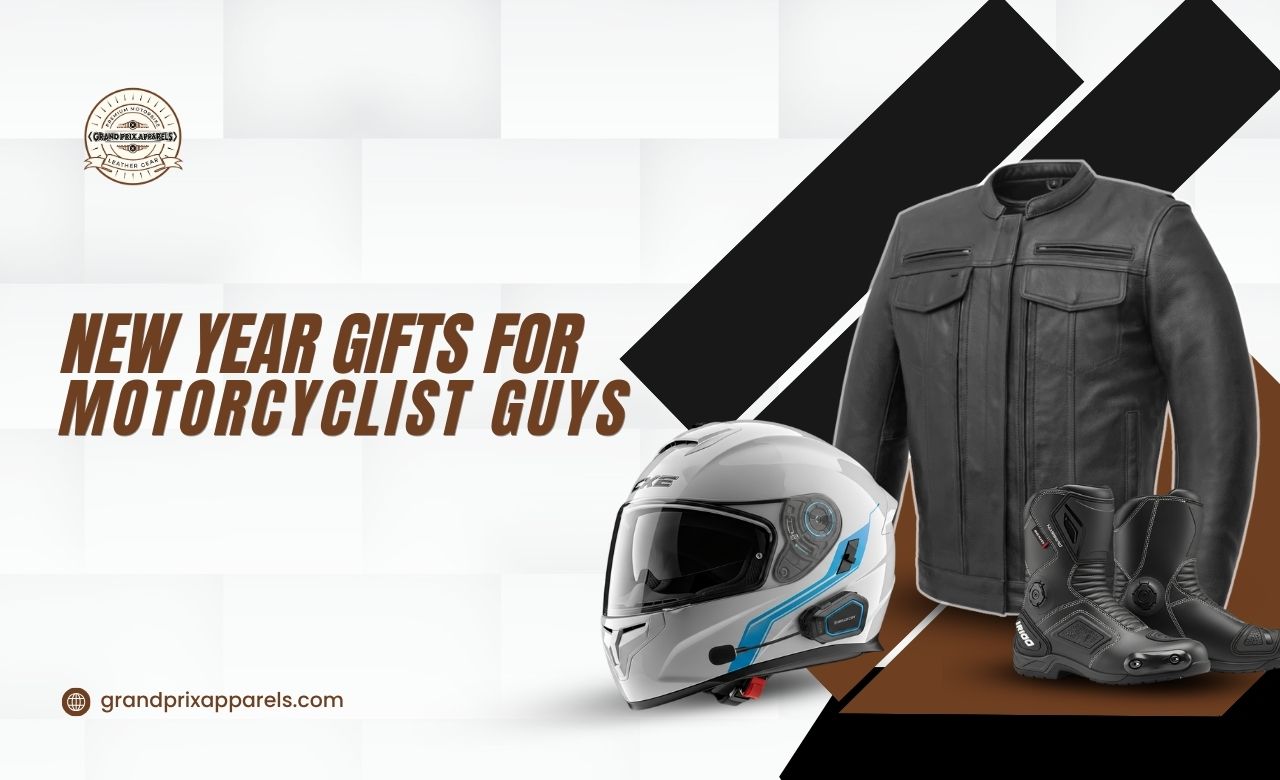
The New Year is the perfect time to surprise the biker in your life with a gift that blends excitement, purpose, and lasting value. Riders
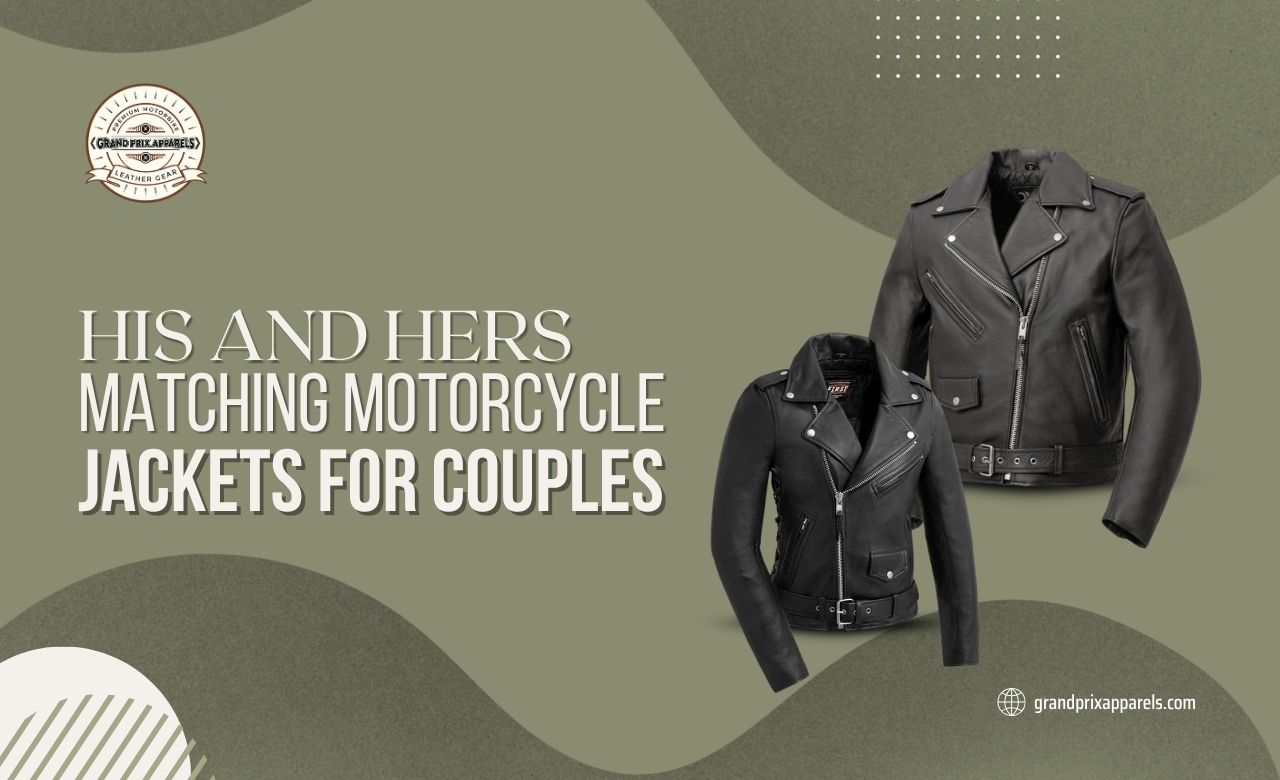
Riding together is more than just a hobby; it’s a way to bond, explore, and create memories on the open road. Matching motorcycle jackets are
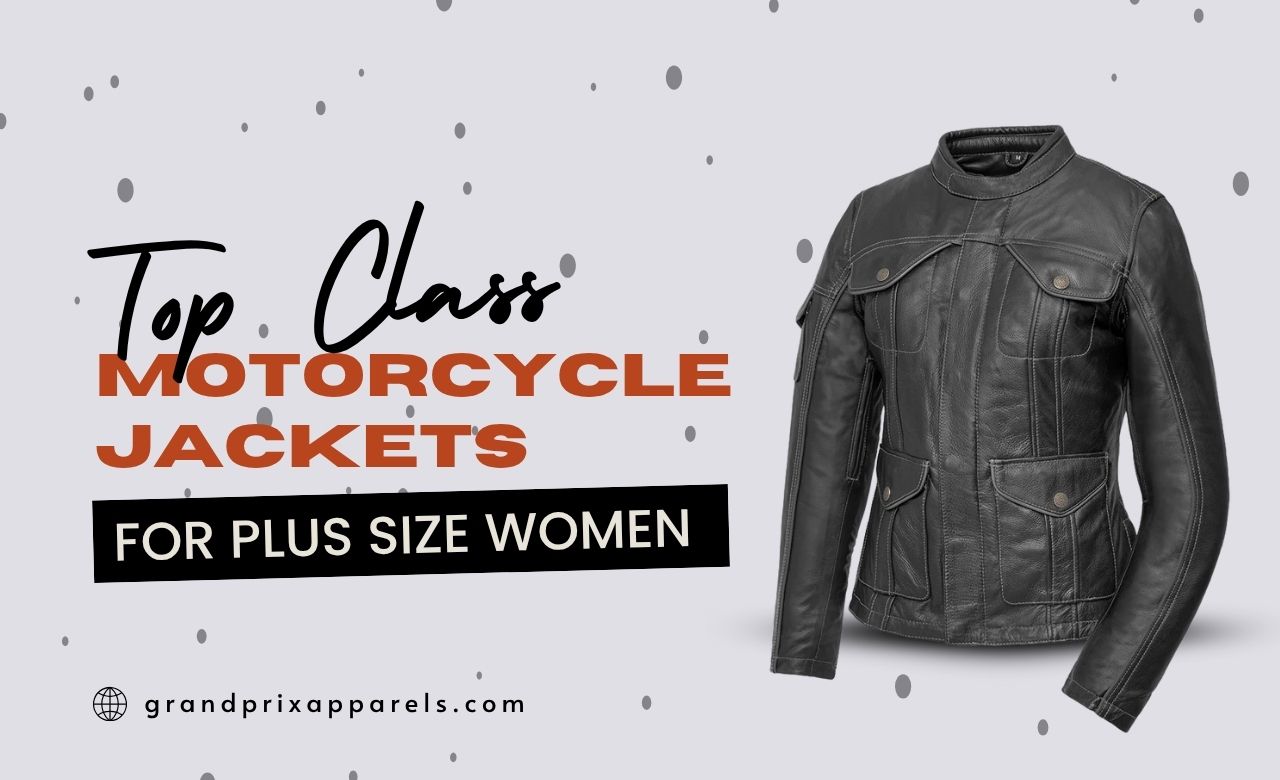
Every rider deserves gear that fits well, looks great, and feels comfortable, no matter the size. For plus-size women riders, finding the perfect motorcycle jacket
70 Pitman Ave, Fords, New Jersey, US
info[at]grandprixapparels.com
custom[at]grandprixapparels.com

Proin ullamcorper pretium orci donec necscele risqueleoam massa dolor imper dietnec consequata congue idsem maecenas malesuada faucibus finibus.
Uluwatu Jimbaran ST, 1919 - Bali, Indonesia
+62 212-345-321
deva@mail.com